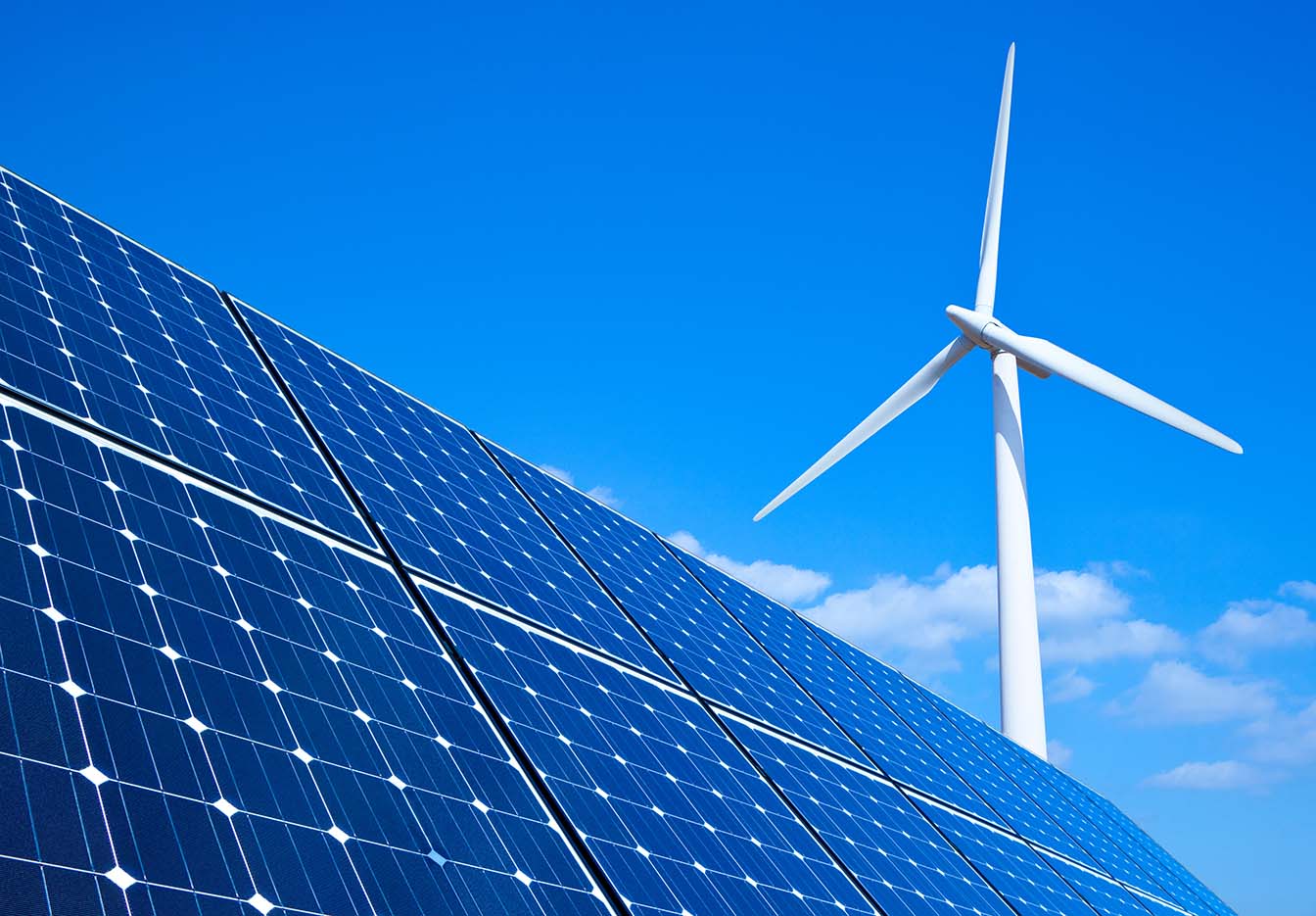In view of the growing challenges posed by climate change and the rising cost of fossil fuels, the switch to renewable energy is becoming a key concern for companies of all sizes and in all sectors. Reducing CO2 emissions, ensuring security of supply and meeting legal requirements are just some of the factors driving the transformation to a green energy supply. To be competitive in the long term, the industry must find solutions to make its energy supply renewable and decarbonise its processes. In order to do this as efficiently as possible, new innovative technologies such as thermal energy storage systems should be taken into account from the outset.
Advantages of switching to renewable energy
The EU is aiming for climate neutrality by 2050. In view of the climate targets and strict political requirements, companies must reduce their CO2 emissions. Experts also predict that rising CO2 certificate costs and decreasing energy costs due to the further expansion of solar and wind energy will make renewable energy even more competitive for industrial energy supply in the future.
This makes the switch to green energy not only environmentally friendly, but also economically sensible. In particular, the switch will play a decisive role in future location security and long-term financial stability. The integration of renewable energy sources can enable valuable cost savings, increase resilience to energy price fluctuations and strengthen the company’s image as a responsible player.
Challenges in the implementation of renewable energy
However, this transition to a green energy supply is not without its challenges. One of the biggest is the volatility of renewable energy generation. Wind and solar energy, two of the most important renewable energy sources, are subject to natural fluctuations and are not always available. This requires companies to find flexible solutions to compensate for fluctuations in the energy supply and ensure a continuous supply of electricity and process heat or steam. As a result, there is a considerable need for efficient energy storage solutions in order to store surplus energy during periods of high production and to be able to retrieve and utilise it at any time when required.
Tips for companies switching to renewable energies
It is becoming clear: To remain competitive and at the same time fulfil our responsibility to the environment, it is essential to switch to sustainable energy sources. However, a successful transition requires more than just switching energy providers – it requires a comprehensive approach that combines an increase in energy efficiency, a switch to a decentralised energy supply and the integration of innovative technologies.
Assessment of energy demand and potential for renewable energies
Before companies take the step towards renewable energy, it is crucial to carry out a comprehensive assessment of current energy requirements and determine the potential for integrating renewable energy. An energy audit provides a meaningful basis for recording the current state of energy consumption and energy efficiency. By analysing consumption data and operating processes, companies can identify potential savings and implement targeted measures to increase efficiency.
As part of this assessment, it is important to realistically estimate the potential for utilising renewable energy. Not only should structural conditions and location factors be taken into account, but also the legal framework and financial aspects. Companies should check whether their location is suitable for the installation of solar systems or whether wind energy is an option for their own energy supply.
Consideration of financial incentives and support programmes
When planning the switch to renewable energy, companies should also consider the wide range of financial incentives and support programmes available at national, regional and local level. These programmes not only provide financial support for investing in renewable energy, but can also offer additional benefits such as tax breaks or low-interest loans.
Selecting suitable technologies
Strategic planning for the implementation of renewable energy sources also includes the careful selection and dimensioning of energy generation systems. When planning solar systems in particular, it is important to consider the integration of energy storage solutions from the outset. By combining photovoltaics or solar thermal energy with innovative storage technologies such as the ThermalBattery™ from ENERGYNEST, companies can significantly increase the efficiency of their in-house production. By storing surplus energy during periods of high availability and retrieving it when needed, not only is self-consumption maximised, but the need for a large PV system is also reduced.
In addition to in-house production, Power Purchase Agreements (PPAs) offer an attractive alternative for integrating green energy into a company’s own energy supply. Long-term electricity supply contracts at fixed prices allow companies to cover part of their electricity consumption with renewable energy without having to invest in the installation and operation of energy generation plants themselves. PPAs not only offer price stability and planning security, but also enable companies to improve their green energy balance and obtain renewable energy certificates.
The role of thermal energy storage in the transition to green energy
Thermal energy storage systems such as the ThermalBattery™ help companies to switch to renewable energy. They offer the possibility of storing surplus energy in the form of heat and making it available on demand to continuously cover the company’s energy requirements. By using the ThermalBattery™, the energy efficiency of production facilities can be maximised, leading to a significant reduction in energy consumption and energy costs. In addition, companies become independent of the volatility of renewable energy sources and ensure the security of supply of their production at all times. By integrating this technology, companies can not only make an important contribution to the energy transition, but strengthen their competitiveness at the same time.



